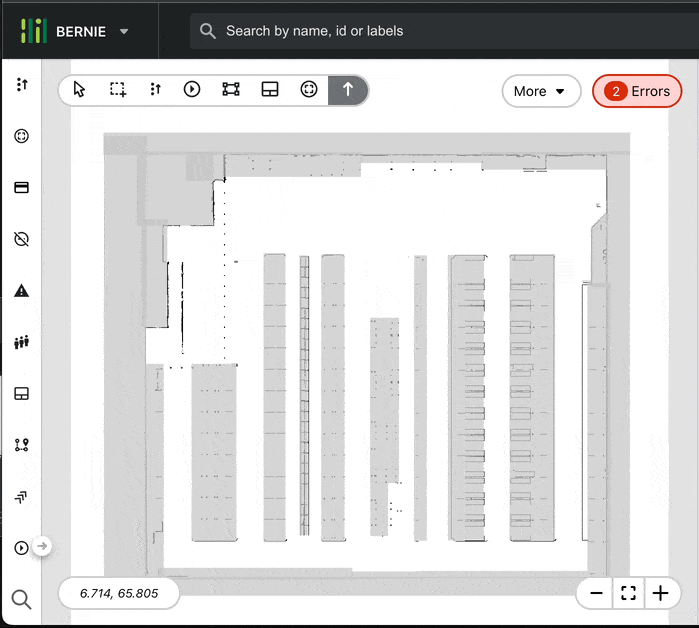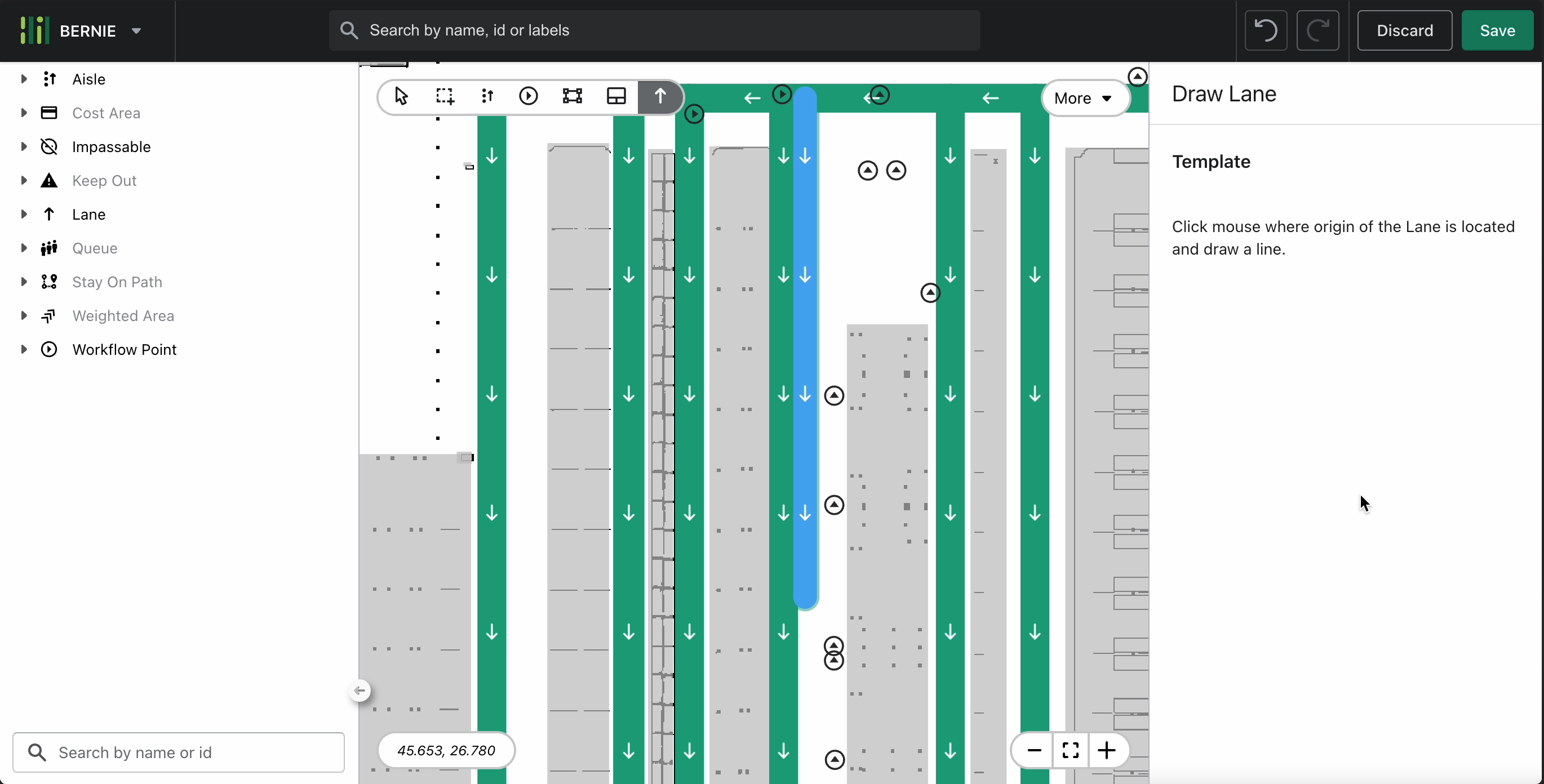As a developer at a warehouse automation company, I've been working on a project called Travel Lanes, which aims to simplify the way we describe movement on the warehouse floor for the chucks and other equipment like handhelds and forklifts.
The legacy system we were using presented some significant problems. Firstly, it was challenging to read the map with all the different-colored regions colliding. Secondly, using regions to specify movement rules was not intuitive and had a steep learning curve. Lastly, we needed to be more prescriptive about the chuck's movement to avoid traffic jams and speed up picking.
To address these issues, we came up with Travel Lanes, which allows us to draw virtual roads that the chucks can follow, and specify the properties of the lanes. The attention to detail in making the user experience smooth is something I love best about developing this project, as you can see in the gif.

We are hoping to release this year, and I can't wait for the warehouse operators to get their hands on this new technology. This is a game-changer for our team and the company as a whole.
By implementing Travel Lanes, we can simplify the way we describe movement on the warehouse floor and make it easier for warehouse operators to manage their equipment. With virtual roads, we can ensure that the chucks move efficiently without getting in each other's way or causing traffic jams. We can also customize the lanes' properties to suit the specific needs of each warehouse.
As a developer, I'm excited to be working on such an innovative project that has the potential to change the way warehouses operate. Stay tuned for more updates on Travel Lanes and other exciting projects we're working on!
